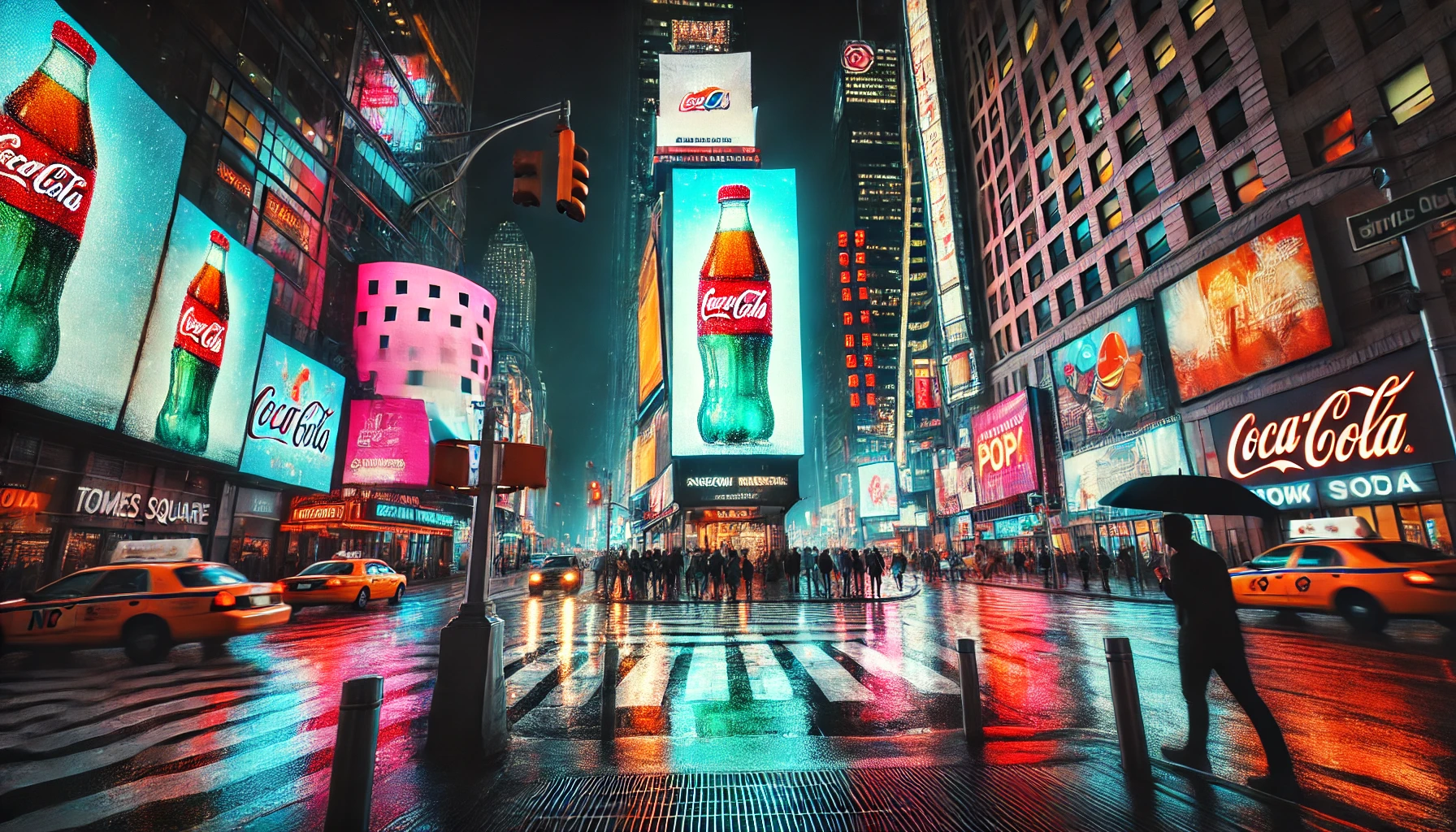COLOR…
Strengthen Your Brand Identity with Smart Use of Brand Colors
When it comes to building your brand identity as a small business, your brand colors are more than just a palette—they’re a language that speaks to your audience. Let’s dive into what brand colors are, how to use them effectively, and why they’re crucial to the success of your business.
What Are Brand Colors?
Brand colors are a fundamental part of your visual identity. They’re the hues and tones that represent your brand’s personality and style. Typically, a brand color palette includes 3-8 colors that work harmoniously together to create a cohesive and recognizable visual experience.
Brand colors fall into two categories:
1. Primary Brand Colors These are your signature colors—the ones you’ll use consistently across all touchpoints, from logos to signage. They’re unchanging and central to your brand’s identity. Think of Coca-Cola and its iconic red. When you think of Coke, red is probably the first thing that comes to mind—that’s the power of a strong primary color.
2. Secondary Brand Colors Secondary colors complement your primary palette. They provide variety and flexibility, making them ideal for seasonal campaigns, website design, and social media graphics. For instance, if you’re targeting a younger audience, you might update your secondary colors to reflect trendy hues that resonate with that demographic. However, they should never dominate more than 50% of your overall design to maintain brand consistency.
How Many Brand Colors Should You Have?
As a general rule of thumb:
Primary Colors: Stick to 1-2 core colors.
Secondary Colors: Use 3-5 complementary colors for versatility.
A balanced palette provides enough options to keep your designs fresh without diluting your brand’s visual identity.
The Importance of Brand Colors
The significance of your brand colors depends on your industry and marketing strategy. Here’s how:
Using Colors as Identifiers For some brands, color is inseparable from their identity. Think of Target and red, T-Mobile and magenta, or Starbucks and green. These brands use color as an “identifier” to build instant recognition. This strategy works well in industries where standing out and being memorable is key.
Adapting to Trends If you’re in an industry with rapidly changing trends—like fashion—you might opt for neutral colors such as black, white, and gray. These timeless tones offer the flexibility to layer on trendier accents without overhauling your core identity.
When to Change Your Brand Colors
Consistency is king. Primary brand colors should rarely, if ever, change. Secondary colors, however, can evolve to support new branding goals, such as reaching a different audience or refreshing your look for a campaign. If you’re frequently overhauling your colors, it may be time to reevaluate your overall brand strategy.
Guidelines for Using Brand Colors Effectively
Choose Up to 3 Primary Colors: These should reflect the essence of your brand.
Select 3-5 Secondary Colors: These add depth and adaptability to your designs.
Match Your Business’s Personality and Style: Vibrant colors for energetic brands, muted tones for professional ones.
Think Long-Term: Select colors with staying power that won’t feel outdated in a few years.
Establish Clear Guidelines: Ensure everyone involved in your marketing knows how to use your colors to maintain consistency.
Bring Your Brand Colors to Life
At Fasorlab Creative, we help small businesses create stunning websites and social media graphics that amplify their brand identity. Whether you’re starting from scratch or looking to refresh your current look, we’ll guide you through selecting the perfect color palette to tell your brand’s story.
Your brand colors aren’t just pretty hues—they’re a powerful tool to connect with your audience, build recognition, and establish trust. Use them wisely, and they’ll become one of your strongest assets.



